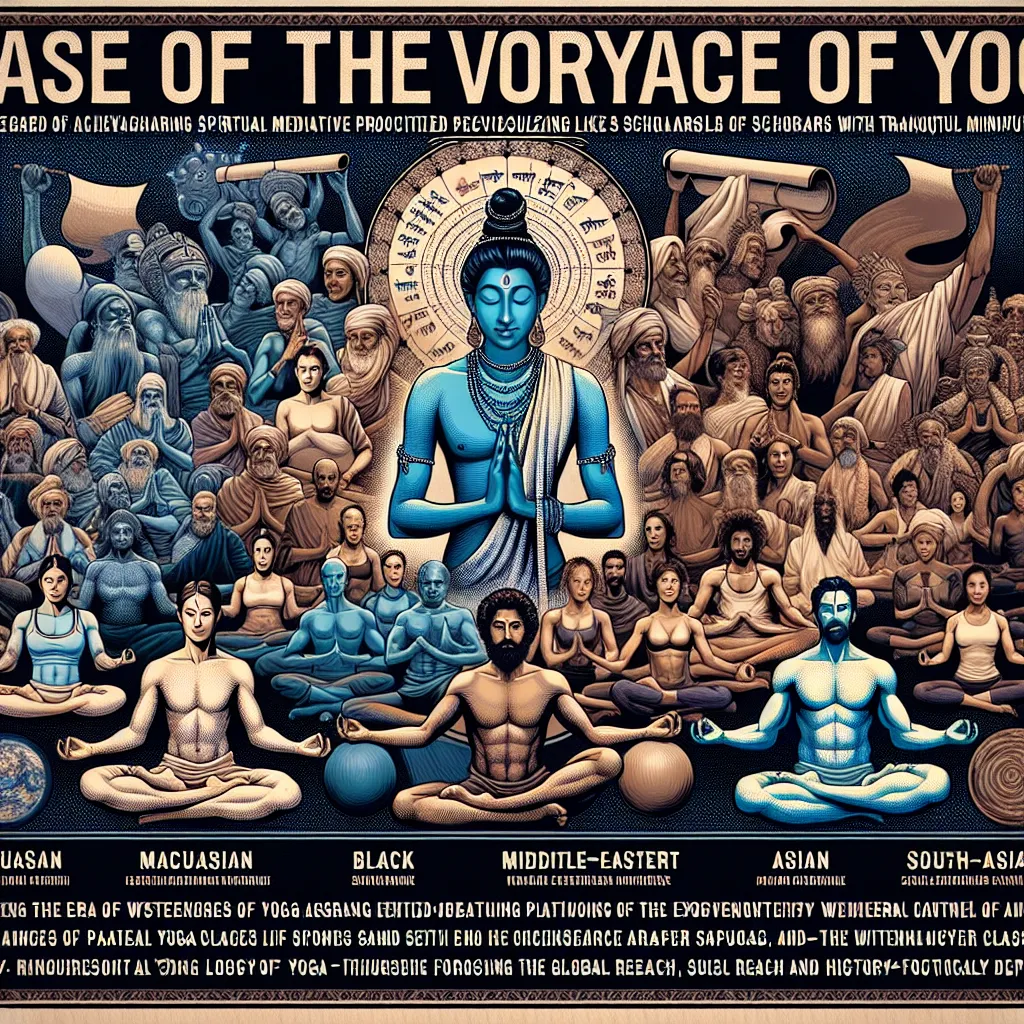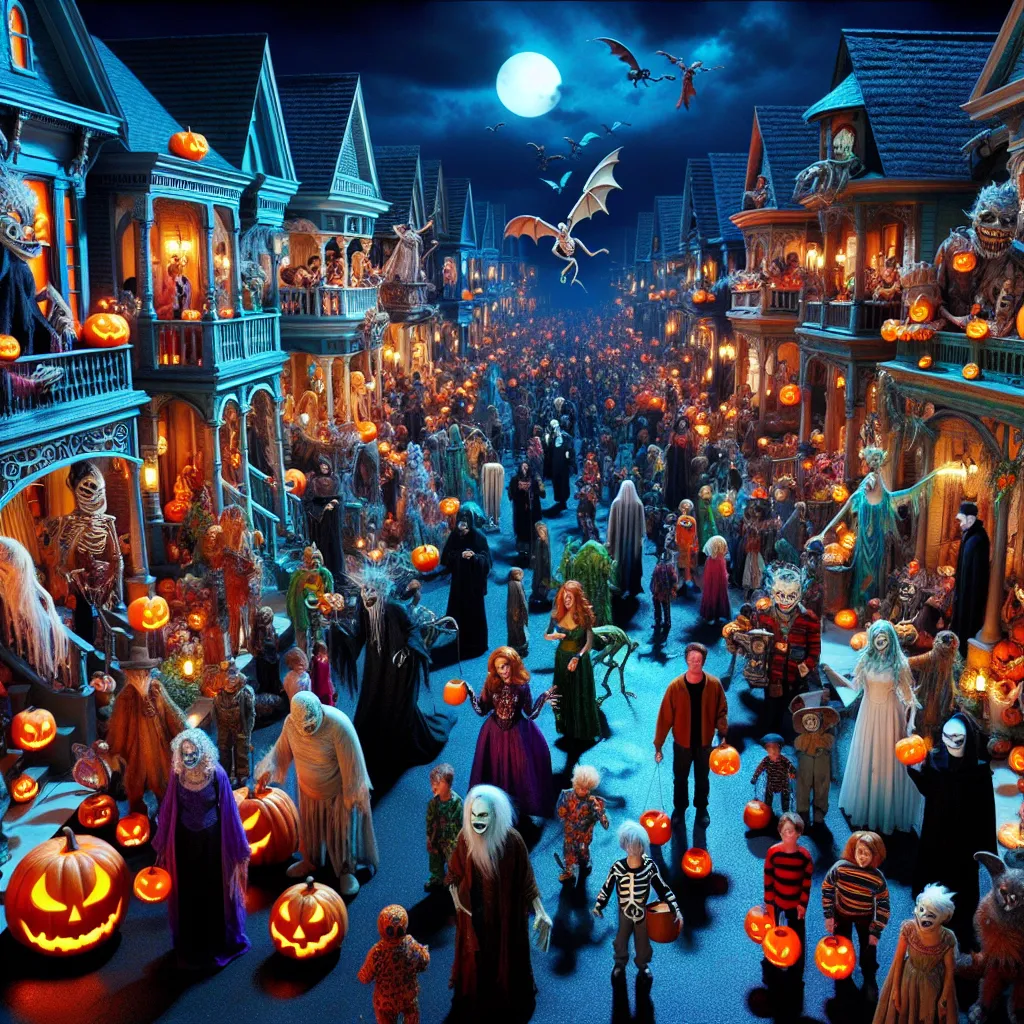Yoga has become incredibly popular in the Western world. Everyone seems to be practicing it, whether for physical exercise or for its spiritual elements. With its widespread acceptance, yoga has sparked debates about its true nature and origins. Some argue that it is deeply rooted in Indian religions like Hinduism, and this becomes an important question, especially since even some churches offer yoga classes. The history of yoga is complex—it isn’t merely a physical exercise devoid of spiritual connections, nor is it an unaltered tradition stretching back thousands of years.
Originally, yoga has its roots in India’s rich religious and philosophical landscape. However, there’s no single person or text to pinpoint as the definitive start of yoga. Early mentions of yoga appear in ancient texts like the Upanishads and the Bhagavad Gita, where its meanings varied significantly. These texts reveal that yoga was often about achieving a state of mind or using techniques to attain higher spiritual states. The early practices included meditation, chanting mantras, and specific bodily postures, all geared towards spiritual enlightenment.
It wasn’t until the Yoga Sutras of Patanjali that yoga began to be systematized into a school of philosophy and practice. Patanjali’s Yoga Sutras offer a comprehensive guide to the mind and consciousness, detailing methods to reach a state of “samadhi,” or meditative absorption, free from mind fluctuations. Patanjali defined yoga as the stilling of the changing states of the mind, laying down an eight-limbed path to achieve this, which included ethical guidelines, postures, breath control, and meditation.
Later, in medieval India, Hatha yoga emerged, focusing more on physical postures (asanas) and internal energies. This form was influenced by Tantric practices, which held the body as divine. Tantric yoga introduced ideas like chakras and kundalini, which many modern yoga practices have adopted in some form.
Fast forward to the late 19th and 20th centuries, figures like Swami Vivekananda played crucial roles in popularizing yoga in the West. Combining traditional Hatha yoga with Western fitness methods led to a form of yoga focusing heavily on asanas or physical postures, which is what most people in the West identify as yoga today.
This modern interpretation of yoga is often seen as a blend of ancient techniques and contemporary fitness culture. While some purists criticize this as a dilution of ‘authentic’ yoga, it’s worth noting that yoga has always been an evolving, adaptive tradition. Today’s yoga might not look like the yoga of Patanjali’s time, but it still carries forward the fundamental aim of harmonizing the mind and body.
The popularity of yoga is massive, with millions practicing it globally. Yet, it raises questions about cultural appropriation and the commercial stripping of its spiritual elements for mass consumption. Is yoga purely a physical exercise or a spiritual practice with deep roots in Hinduism? While these debates continue, it’s clear that yoga, in all its forms, has cemented itself as a significant part of global wellness culture.
Whether you’re drawn to yoga for exercise, stress relief, or spiritual growth, knowing its rich, multifaceted history can deepen your appreciation. This broad perspective shows us that yoga is both an ancient tradition and a living, ever-changing practice that continues to adapt and thrive.






